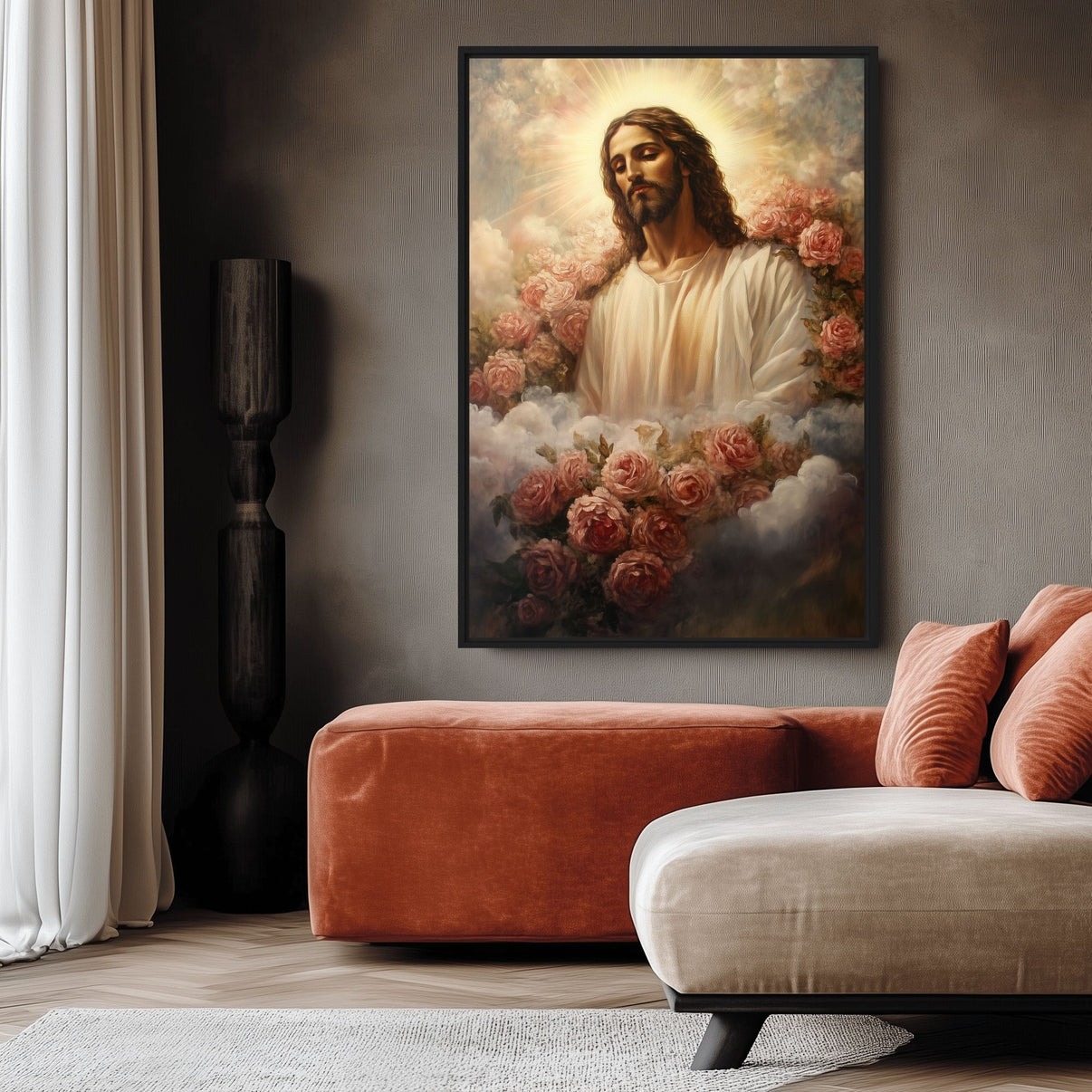Art has always been a mirror of human culture, expressing values, faith, and collective identity. In today’s homes, design trends are shifting toward a balance of modern minimalism and meaningful symbolism. This is where religious canvas wall art becomes more than just decoration. It acts as a timeless piece of history while blending seamlessly with contemporary interiors, allowing homeowners to showcase both spirituality and style.
Spiritual Symbols as Everyday Inspirations
Religious art has long been displayed in sacred spaces, from temples and churches to shrines and monasteries. Yet, in modern living environments, these symbols are finding new purpose. A canvas depicting a sacred figure, a verse, or an abstract representation of divinity can inspire peace and mindfulness in daily routines. Unlike traditional framed paintings, the canvas format brings a clean, versatile aesthetic that adapts well to open-plan homes, apartments, and even offices.
Minimalism Meets Sacred Imagery
One of the reasons religious art resonates in modern interiors is its compatibility with minimalist design. Clean lines, neutral colors, and uncluttered spaces create the perfect backdrop for sacred imagery. For instance, a monochrome canvas featuring a delicate cross, a serene Buddha, or a mandala design can serve as a subtle yet powerful statement piece. This integration allows individuals to celebrate their beliefs while maintaining the refined atmosphere of modern design.
Honoring Tradition Through Contemporary Techniques
Religious themes are deeply rooted in cultural traditions, but new artistic techniques have given them a fresh voice. Artists today often use bold strokes, digital printing, and layered textures to reimagine ancient stories and symbols. This fusion of old and new transforms traditional faith-inspired art into something that feels both familiar and forward-thinking. By hanging such a piece in a living room or hallway, a household honors its heritage while signaling openness to modern aesthetics.
A Universal Language of Faith and Peace
Another strength of sacred art lies in its ability to transcend borders and beliefs. A Christian family may display a canvas featuring the Last Supper, while a Hindu household may choose a vibrant image of Lord Ganesha. Likewise, Islamic geometric patterns or Jewish motifs carry beauty that appeals beyond the boundaries of religion. In a multicultural world, these artworks serve as silent ambassadors of respect and unity, reminding us of shared values like compassion, peace, and resilience.
Creating Focal Points That Spark Reflection
Modern design often relies on statement pieces to define a room’s atmosphere. A canvas depicting a sacred moment or spiritual symbol naturally becomes a focal point that draws attention. Beyond beauty, such pieces spark conversation and reflection. Guests may pause to admire the artwork, leading to meaningful discussions about heritage, philosophy, and personal journeys. In this way, art shifts from decoration to a living dialogue within the home.
Pairing Sacred Art with Modern Décor
Blending spiritual themes into a sleek interior doesn’t require compromise; in fact, it can elevate the overall character of a home. Many homeowners today are experimenting with creative ways of layering religious canvases alongside complementary décor elements that enhance both style and spirituality. For example, placing warm, focused lighting above a canvas not only illuminates its details but also creates a soft, meditative glow within the room. Minimalist furniture, with its clean lines and subdued tones, allows the artwork to remain the undeniable centerpiece without visual clutter competing for attention. In addition, natural materials such as stone, wood, or woven textiles can be incorporated to echo the spiritual grounding that the artwork represents.
Emotional Comfort in Everyday Life
In an increasingly fast-paced and digital-driven world, people crave sanctuaries within their homes where they can disconnect from constant stimulation and reconnect with themselves. Religious canvas wall art has the power to provide that emotional anchor, serving as a daily reminder of faith, resilience, and inner peace. A calming depiction of divine light, for example, can invite moments of reflection during stressful days, while a mother-and-child motif can bring warmth and comfort to family living spaces. Abstract representations of prayer or meditation can inspire mindfulness practices, encouraging homeowners to pause, breathe, and centre themselves. This emotional connection transforms the function of wall art from something purely decorative into something profoundly personal and restorative.
Investing in Art That Holds Meaning
Unlike generic wall art, faith-inspired canvases carry emotional and cultural significance. They are not just stylish pieces but long-term investments in identity and memory. Passed down from one generation to the next, they retain both aesthetic value and personal resonance. Choosing religious canvas wall art is, therefore, not only a design decision but also an act of preserving one’s roots while embracing modern tastes.
Conclusion A Bridge Between Worlds
The beauty of sacred art lies in its timeless nature. While styles of furniture, color palettes, and architectural trends come and go, the spiritual messages embedded in art remain constant. When presented on a contemporary canvas, these messages adapt to new environments without losing their power. In this way, religious art truly bridges tradition and modern living, reminding us that faith and design can walk hand in hand in shaping a space that feels both stylish and soulful.
